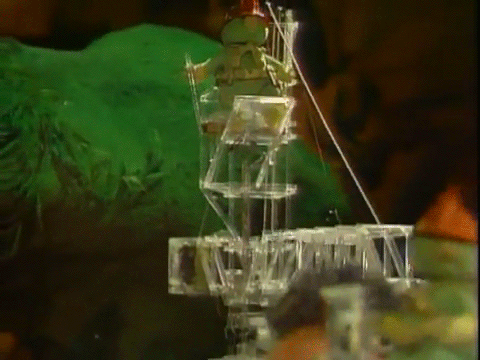Originally published at: Bones may have evolved to work like batteries | Boing Boing
…
This is similar to what many arthropods do when molting. They store calcium and other minerals needed for building the new shell/carapace in hard mineral deposits before the molt and then dissolve/consume those deposits afterwards.
Don’t try this at home.
This was not what I thought – that bones are slightly piezoelectric. Has something to do with bone growth, but not really my field. I once worked for a guy who was researching the use of pulsed electricity to heal non-unions (fractures where the two fractured ends heal over, but do not connect). That was years ago, so I’m totally out of date.
releasing stored minerals needed for bodily processes such as nourishing the muscles needed to swim
“Nourishing the muscles” strikes me as nonsensical as “liver detox diet”. What muscles need to swim is sugar and oxygen. Trace quantities of calcium and other ions shuttle back and forth across cell membranes to signal contractions.
Yes, but there is some constant loss, so there does need to be some degree of replenishment.
I’m assuming that these things may not have been feeding well during travel, so this does make some sense.
Calcium in health and disease (general overview of Ca)
Bones are in a constant state of flux. As bones are used and stressed, they develop micro-cracks which are repaired by cells called Osteoblasts. Hence, the more a bone is used the stronger and heavier it gets.
If a bone falls into disuse, some of it will be resorbed by cells called Osteoclasts and the bone will lose mass and become weaker.
They operate pretty much like Doozers.

It’s recycled. After muscular contraction, calcium-pump molecules pump the Ca2+ ions back into the sarcoplasmic reticulum, ready for the next contraction.
That would make a good training film for orthopedic surgery residents.
Yes, but there are urinary and GI losses etc… thus the need for dietary calcium absorption. Otherwise, Ca would just be a dietary requirement until mature size was reached, then it would be a perfect closed system.
True, that. But the amount of calcium stored in an ostracoderm’s bone shell would have exceeded the amount needed for muscle function by a factor of mumblety-mumble.
Hagfish have no bones at all but manage to swim long distances.
Murdoch wants me to provide an email address for spam before I can access the Nat.Geo article, so that’s not an option.
Yeah. I’m guessing may have started out as some mineralized tissue for mineral storage purposes but excess amounts confer a benefit for shielding as well as solid anchor points for muscle tissue etc…
Tiny pitting to me doesn’t argue “this evolved to serve as a storage device” as much as “structures that evolved for other reasons could serve as mineral “batteries” in times of dire need (much like vertebrate skeletons do).”
This topic was automatically closed after 5 days. New replies are no longer allowed.
